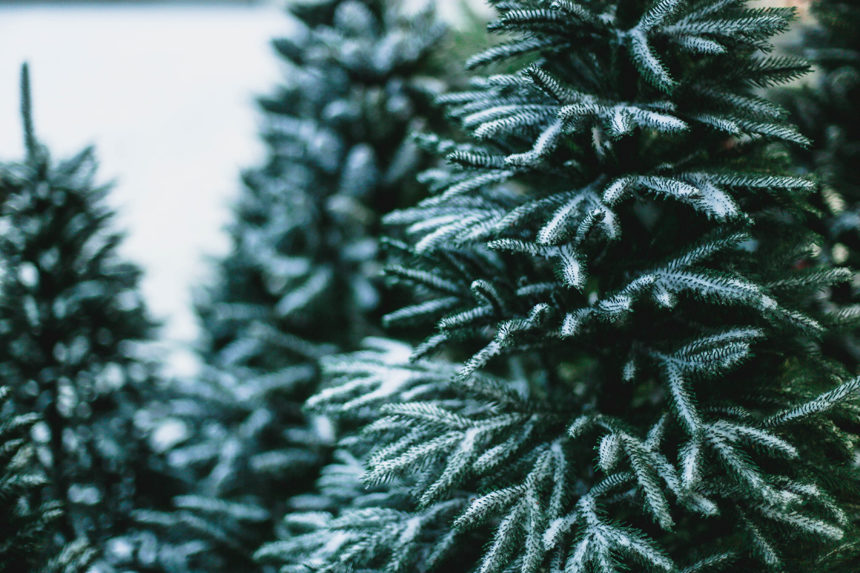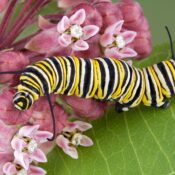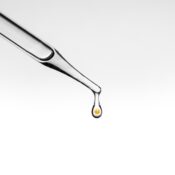French novelist Marcel Proust, who conceived the “Proust moment” when tea and cake took him back him to his childhood, wrote “…the smell and taste of things remain poised a long time, like souls, ready to remind us…” (roughly that, except in French). The fact our most enduring memories are linked to aromas is due to how we handle sensory inputs.
Here’s the thumbnail sketch: Visual, auditory, and tactile inputs pass through the thalamus, a “sorting hat” that routes data for processing elsewhere in the brain. But odors go right from our olfactory bulb to our hippocampus, which is responsible for memory formation. The hippocampus has been shown to be more strongly connected to smell than to any other sense.
Although each family observes the holiday season in its own way, the common thread is that they have a unique olfactory signature. Whether it’s eggnog, a roasting turkey, or Uncle Ernie’s nauseating cigar, memories of this time often link to smell.
Of all the memorable aromas of the season, nothing evokes its essence quite like the smell of a fresh-cut Christmas tree. Although the majority of Americans who observe Christmas have switched to artificial trees, the National Christmas Tree Association says 25 to 30 million real trees are sold in the U.S. every year. The top five Christmas-tree growing states are Oregon, North Carolina, Michigan, Pennsylvania, and Wisconsin. Maine, New York, and Washington are significant producers, too.
Every type of conifer has its own blend of sweet-smelling terpenols and esters that account for their “piney woods” perfume. Some people prefer the fragrance of the particular tree they had as a child. A natural Christmas tree is, among other things, a giant holiday potpourri. No chemistry lab can make a plastic tree smell as good as fresh pine, fir, or spruce.
The origins of the Christmas tree are unclear, but in 16th-century Germany, Martin Luther apparently helped kindle the custom of home Christmas trees by bringing an evergreen into his house and decorating it with candles. For centuries, Christmas trees were only brought indoors on December 24th and were kept until after Epiphany on January 6th.
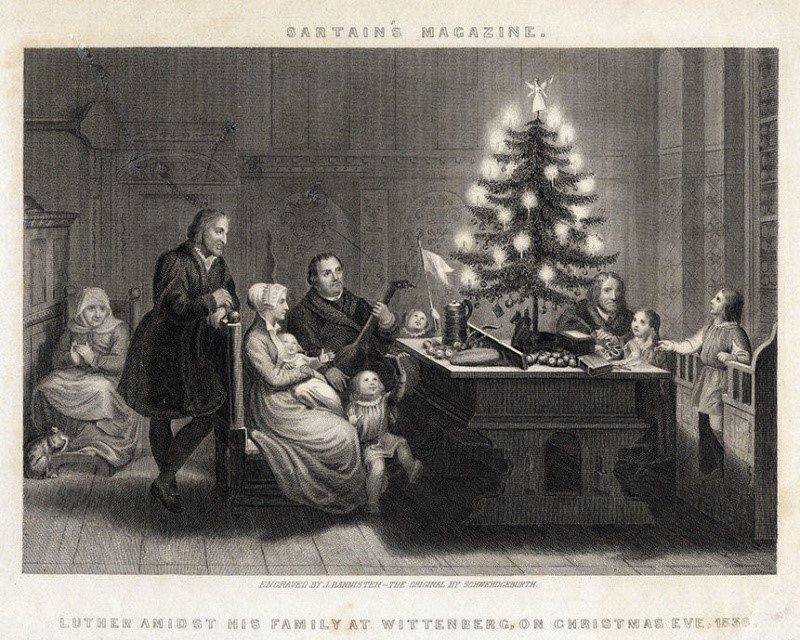
In terms of crowd-pleasers, the firs – Douglas, noble, Fraser, and balsam – are hands-down the most popular. Grand and concolor firs are lesser-known members of this group. Firs are especially aromatic, and when kept in water, have excellent needle retention.
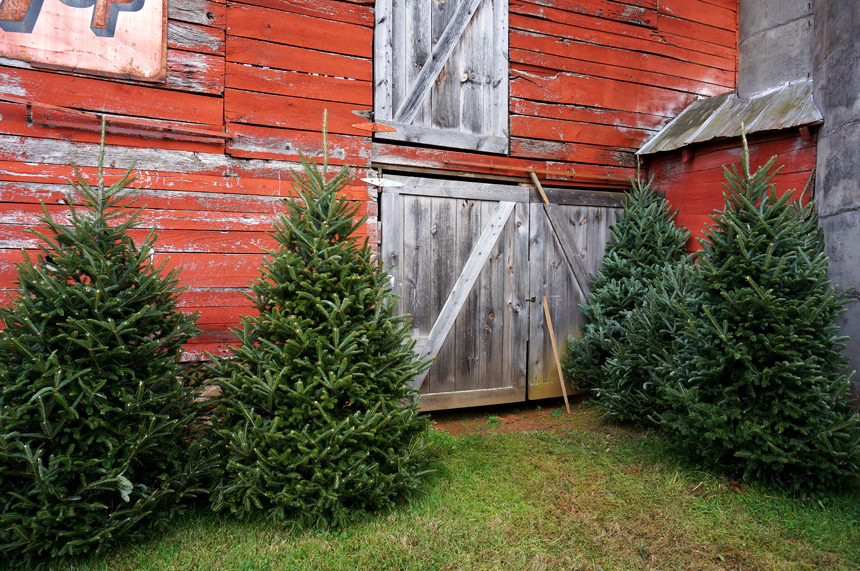
Pines also keep their needles well. While our native white pine is more fragrant than Scots (not Scotch; that’s for Santa) pine, the latter far outsells the former, possibly because the sturdy Scots can bear a lot of decorations without its branches drooping. I have a soft spot for the white pine, which might stem from its outsized cultural and historical significance as the Tree of Peace for the Haudenosaunee (Iroquois), and as a symbol of the American Revolution.
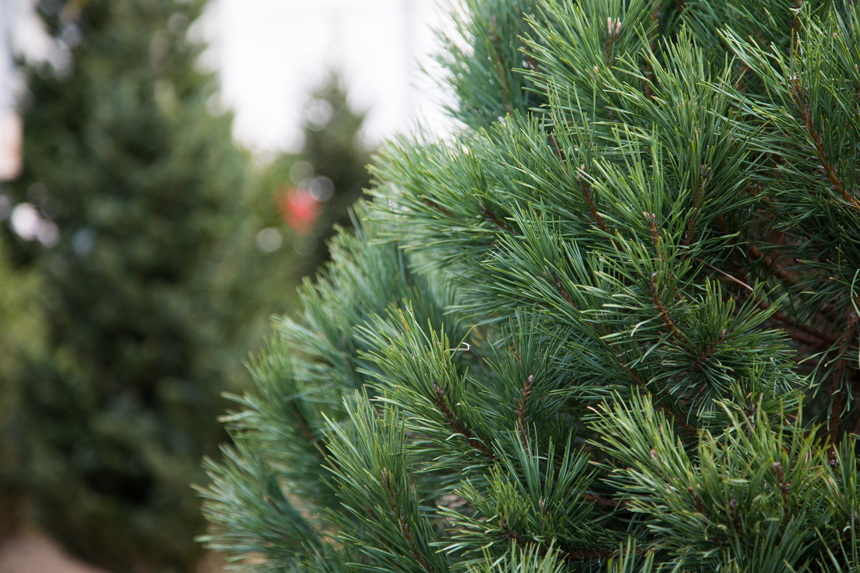
Not only do spruces have stout branches, they tend to have a strongly pyramidal shape. Spruces may not be quite as fragrant as firs or pines, but they’re great for those who like short-needle trees for their ease of decorating and cleanup.
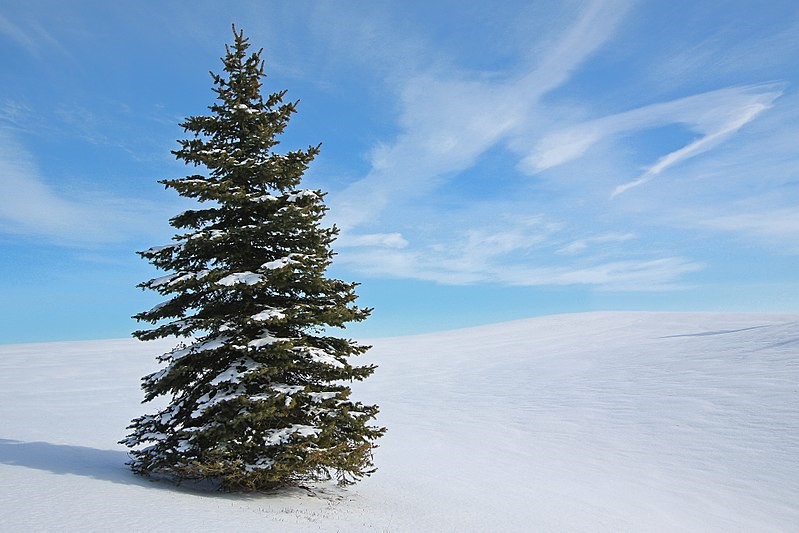
The annual pilgrimage to choose a real tree together is for many families, as it was for mine, a cherished holiday tradition, a time to bond. It was our custom to bring a thermos of hot chocolate, and the kids’ ritual was to lose at least one mitten apiece. I recall our time-honored squabbles – I mean discussions – regarding the best tree. Good smells and good memories.
Not only are Christmas trees a renewable resource, they help maintain about 350,000 acres of perpetually open green space. They also boost local economies. The National Christmas Tree Association can help locate a tree farm near you.
If you have room in the yard, consider buying a potted Christmas tree. It would be indoors for the holidays, and planted outside later on. This requires a bit more planning, but it can be a fun family activity. Even if you don’t have time to cut your own tree at a Christmas-tree farm, do yourself a favor and purchase a natural tree from a local vendor who can give you tips on identification and care.
For the best fragrance and needle retention, cut a one- to two-inch “cookie” from the base before placing your tree in the stand, and fill the reservoir every two days. LED tree lights help retain needles as well. LEDs don’t dry out the needles like older incandescent lights do, and are easier on your electric bill too.
Whatever your traditions, may your olfactory bulbs and holiday bulbs contribute to long-lasting good memories this season.
Become a Saturday Evening Post member and enjoy unlimited access. Subscribe now
